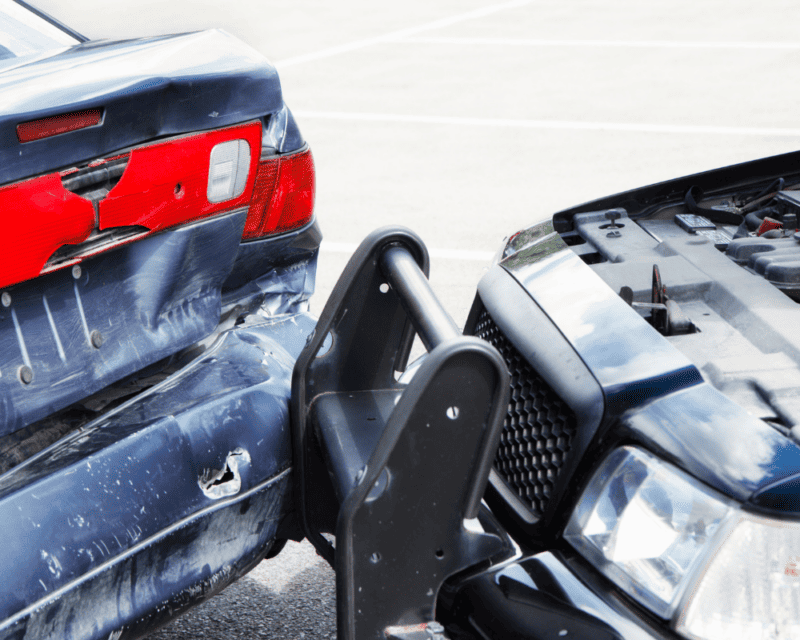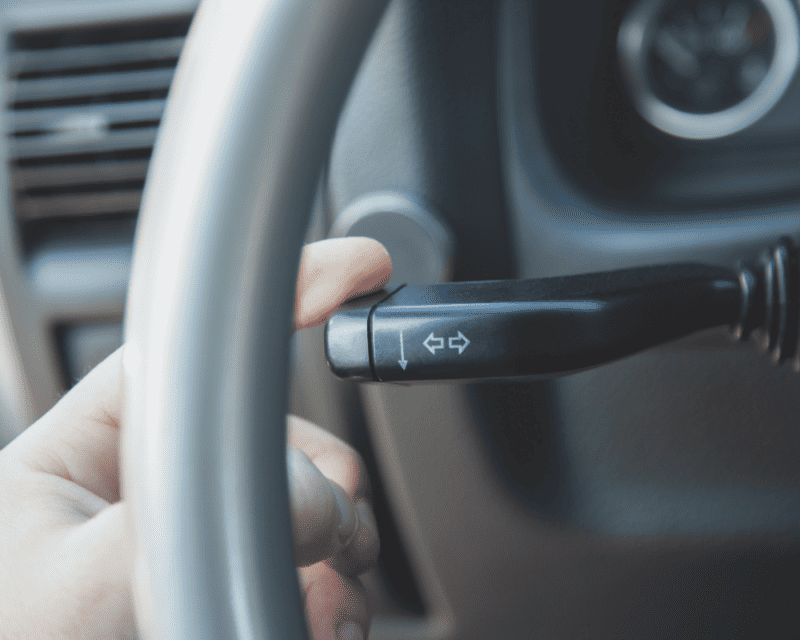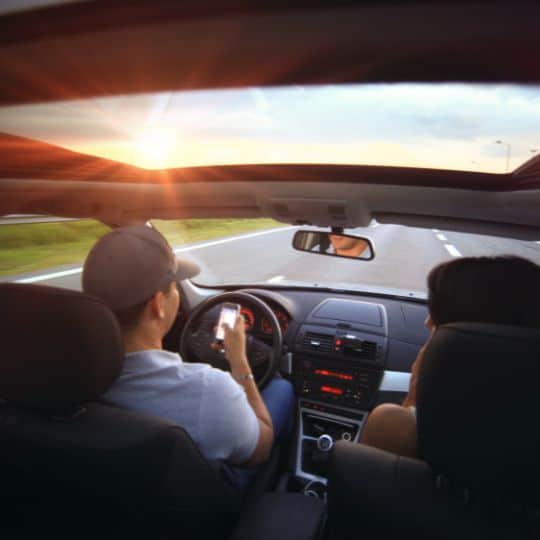Rear-end collisions are the most common type of collision, with nearly 1.5 million rear-end collisions reported in 2020. In most cases, the person at the rear is to blame for the accident, but that doesn’t mean you can’t do anything about whether or not you get rear-ended.
And you can definitely do something about it if you’re the one driving behind another vehicle.
Here are seven ways you can prevent a rear-end collision when you’re behind the wheel.
Stop Slowly

One of the main reasons for rear-end collisions is sudden braking. You might slam on your brakes for a wide variety of reasons. The car in front of you might slam on its brakes; you might suddenly notice the traffic light change or an animal might run in front of your car.
You should avoid slamming on your brakes, regardless of the situation. When you brake slowly, your driving becomes predictable, and others behind you have plenty of warning to stop, too.
Sometimes, if you can’t stop slowly, it’s better to keep going. For example, it’s always better to hit a deer than it is to slam on your brakes or swerve out of the way, and it may be better to drive through a yellow light than it would be to brake suddenly.
Slow Down
You already know that you shouldn’t drive above the speed limit, but there are reasons to slow down, even below the speed limit.
You should always slow down in bad weather, like snow, rain, or ice. You’ll want to slow down and refrain from quickly accelerating when you’re stuck in traffic. When you slow down, you force others to slow down, too, which means you’re less likely to get rear-ended.
Always Use Your Turn Signals

Using your turn signal is something most drivers know they’re supposed to do, and yet, many don’t always turn them on. When you don’t, you increase your chances of getting into an accident.
You should signal your turn at least 100 feet before you reach the corner. You also need to signal at least five seconds before you switch lanes so everyone around you has plenty of time to react.
Have a turn signal that isn’t working? Or maybe you’re riding a motorcycle or a scooter without turn signals?
Even if you don’t have blinking turn signals, you should still signal with your arms. You can even signal that you’re stopping by extending your arm downward instead of up for a right turn or out for a left turn.
Check Your Mirrors
You don’t have any control over how the person behind you is driving, but it’s still a good idea to keep an eye on what they’re doing. The best way to do that is to adjust your mirrors so you can see next to and behind your car clearly.
By reducing blind spots and checking your mirrors when you drive, you can identify a potential erratic driver. If someone is tailgating your vehicle on the interstate, you can merge into the other lane and allow that person to pass you. If you notice that the person behind you is distracted by their phone, you can merge into a different lane or signal even earlier than you normally would.
Checking your mirrors also enables you to see if you have a clear escape route in the event of a potential incoming accident. When you know there isn’t anyone in the other lane; you can swerve into it briefly to avoid someone hitting you from behind.
Be Aware of What’s Happening in Front of You

You can prevent a lot of problems, including a rear-end collision, by being aware of what’s happening in front of you. When you know what’s coming up down the road, you can give yourself and those around you plenty of time to react.
Things to look out for at least a few seconds down the road include:
- Upcoming road construction
- Stopped or severely slowed vehicles in a traffic jam
- Road debris that other drivers are swerving to avoid
- An accident or disabled vehicle
Don’t Follow Others Too Closely
Even when you and everyone else are driving as safely as you can, accidents can still happen. A child may dart into the road after a ball, or someone’s car may suddenly become inoperable. No matter what the reason, you can prevent an accident by not following others too closely.
A good rule of thumb is to leave at least 3 seconds between you and the car in front of you. That gives you plenty of time to slam on your brakes and stop your vehicle without hitting the person ahead of you.
In some cases, three seconds may not be enough. If the road is slick due to rain or ice, if visibility is reduced due to fog, or if you’re following a large vehicle or trailer, you should give yourself a little bit more space to stop your vehicle should the need to brake arise.
Know Where You’re Going
Driving in a new town can be confusing, but you can get turned around in your hometown, too. Whether you’re passing through on a road trip or you’re trying to find the location of a new restaurant, it’s a good idea to use your GPS.
When you know exactly where you’re going and you know when the next turn is coming up soon, you’re less likely to drive erratically. When you take turns predictably instead of slamming on your brakes and turning on a dime, you’re less likely to get rear-ended.
Getting rear-ended by another car can ruin your day. It can ruin your day if you’re the one doing the rear-ending, too. It’s well worth your time to do whatever you can to reduce your chances of getting into a rear-end collision. With the tips on this list, you can stay safer on the road and prevent getting hit by another car or hitting another from behind.

